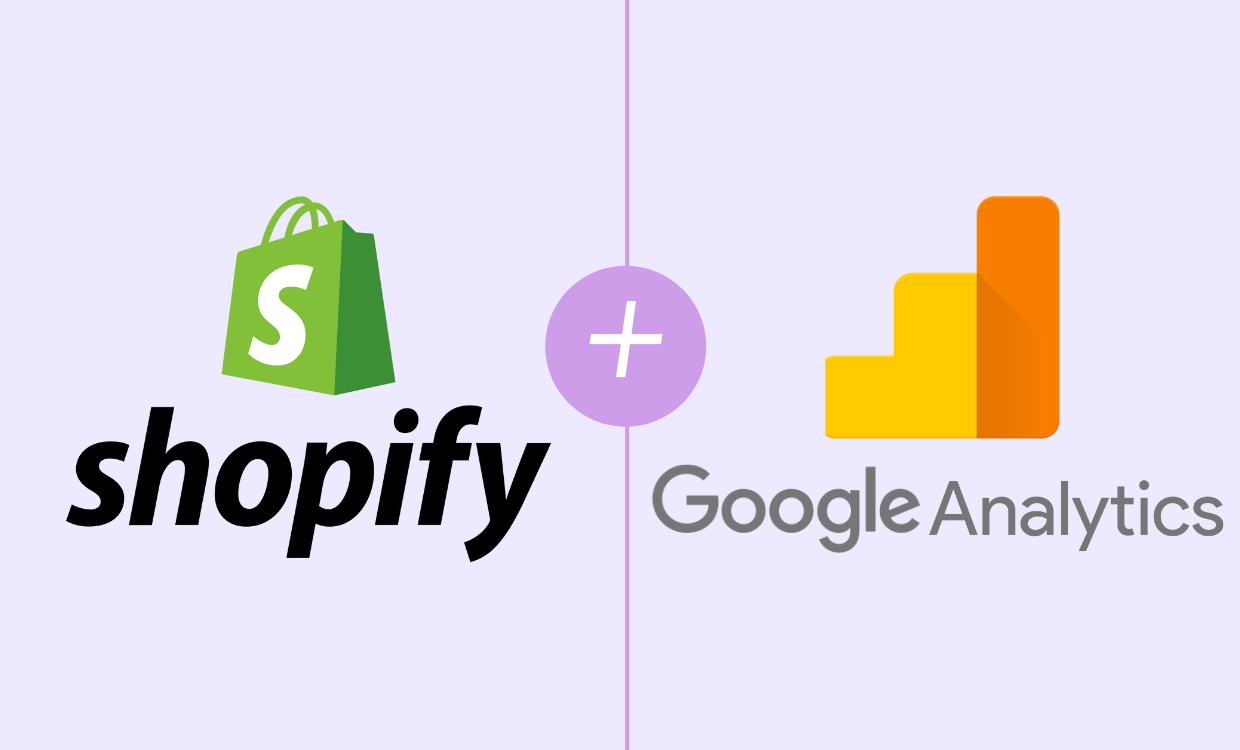Opening an e-commerce business and running an online store or website is not enough, you have to keep an eye on your audience and look for opportunities and potential customers. There are numerous tools available for them but the most trusted one is Google Analytics Shopify.

Shopify merchants heavily use this platform to track website performance and collect insights from visitors.
What is Google analytics?
Google Analytics is a product of the giant search engine which provides a free tool to track a business website and analyze customers’ behavior. It is a web analytics service that has statistics and basic analytical tools for optimizing SEO and marketing. Usually, it is used by small and medium-sized e-commerce businesses.
Google Marketing Platform is free to use for everyone who has a google account. It helps in improving marketing campaigns and drive more traffic to the website. It also helps in retaining visitors to the website. Merchants can look for their top source of visitors and measure the success of their marketing campaigns and activities.
Using Shopify google analytics merchants can chase a goal and track their goal completions like purchases, the addition of products to carts. The tools help in setting realistic goals and tracking trends and discovering patterns.
How does it work?
Google Analytics uses page tags to observe the customers’ behavior and track the performance of a website
- A JavaScript page tag is added to each page code.
- Tag runs in the browser of each visitor and collects relevant data from them. After the collection of data, it is sent to the Google data collection server.
- This collected data is then used to analyze and generate customizable reports to monitor and visualize data. The customizable reports include a number of users’ average session duration bounce rate session by channel goal completion page views and many more.
The page works as a web beacon or web bug and crawls in the visitor’s device to gather more information. However, this data is collected with the help of cookies. If the user disables the cookies then the page-tag can not collect the data.
The Google analytic has numerous features which help in data collection, monitoring, visualization, analysis, reporting, and integration with different other apps. Some of the features include:
- Data visualization and monitoring tools like scorecards, dashboards, and motion charts. These tools depict data changes over time.
- Data Manipulation, filtering, funnel analysis, and data collection application program interfaces (APIs) are also useful features.
- Predictive intelligence, analytics, and anomaly detection feature help in designing a better platform.
- Segmentation for subsets analysis like conversions.
- Custom reports for acquisition, advertising, conversion, and audience behavior. Sharing and communication based on email are also available.
- Integration with other good platforms and products like Google Ads, Search Console, Data Studio, Ad Manager, AdSense, Salesforce Marketing Cloud, Optimize 360, Display & Video 360, and Search Ads 360 integration.
Google Analytics dashboard can be easily integrated into other sites using a plugin or a widget. Independent vendors also offer customizable dashboards. The features and integrations are hard to manage on your own unless you are a technical wizard but the expertise of a freelance web developer can help a lot.
There are few metrics which you should be aware of to make the best out of your analytics platform:
- Users are new or unique website visitors.
- Bounce rate is a term that refers to the percentage of visitors who only looked at one page. The Analytics server received only a single request from these visitors.
- Sessions are visitor interactions that occur within a 30-minute activity window.
- The average session duration is the average length of each visitor’s stay on the site.
- The percentage of new sessions is a percentage of visitors that are making their first visit to a website.
- Pages per session are each session’s average number of page views.
- Goal completion is the number of times a visitor performs a specific, desired action.
- Pageviews are the total number of pages that have been visited.
Benefits and limitation
Every platform has its own benefits and limitations but the good thing about Google analytics Shopify is that its benefit suppresses the limitations.
- The platform is free, easy to use, and very powerful, and beginner-friendly. It can be easily set up with the help of a freelance Shopify developer and managing the dashboard is very easy.
- It offers numerals, metrics, and customizable dimensions. Numerous useful insights can be captured through it and it helps in getting a broader perspective of the audience.
- They are quite powerful and effective in helping in better analysis and reporting of the whole data.
- The whole reports and analysis fall short if the user blocks the cookies using a browser extension privacy network or ad filtering programs.
- Reports are created using 50,000 random sessions and the margin of error is given to only the number of visitors in this report so even a small segment of data can create a large margin of error which leads to inaccuracy.
A perfect business-building strategy and Google analytics Shopify can help you take your business to new heights. Identify your potential customers and deliver the best to them.